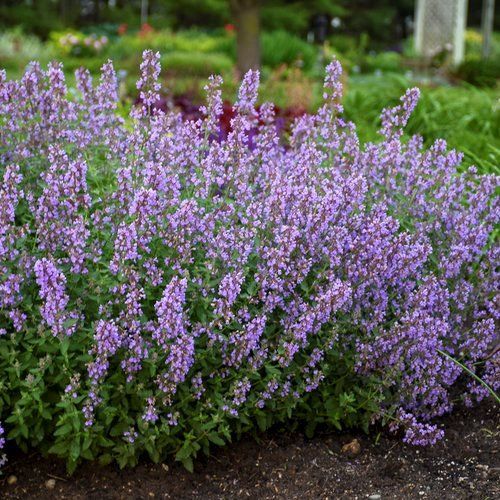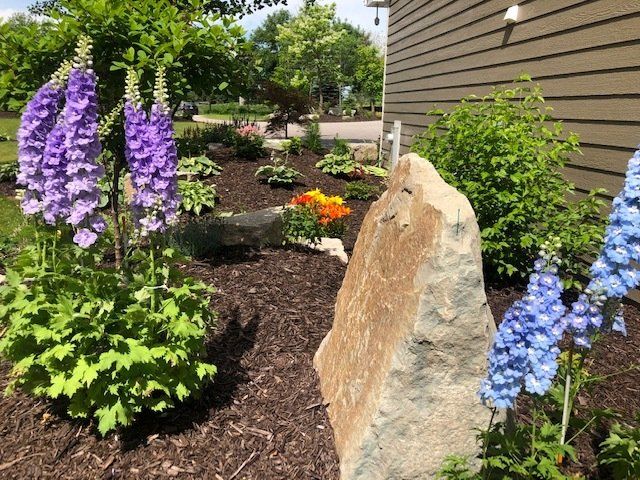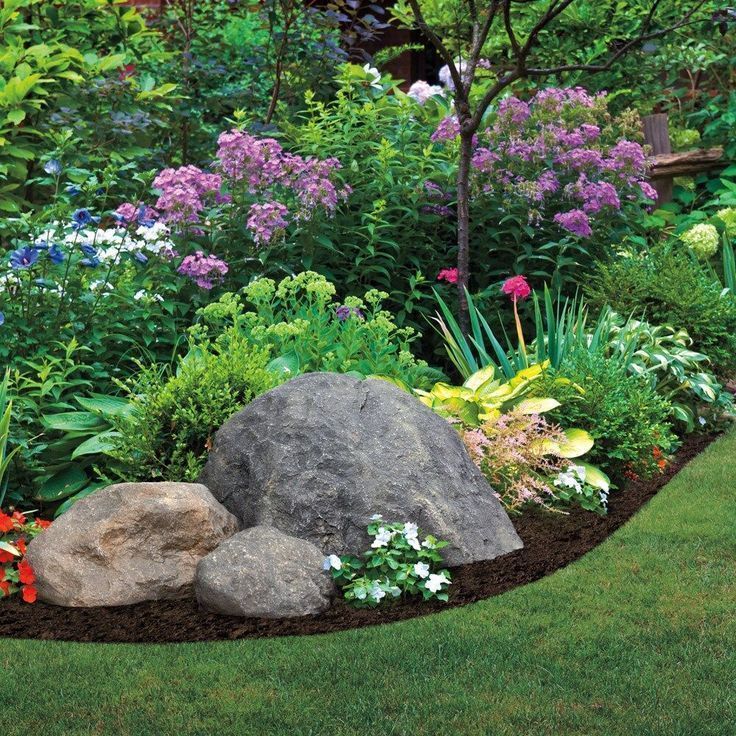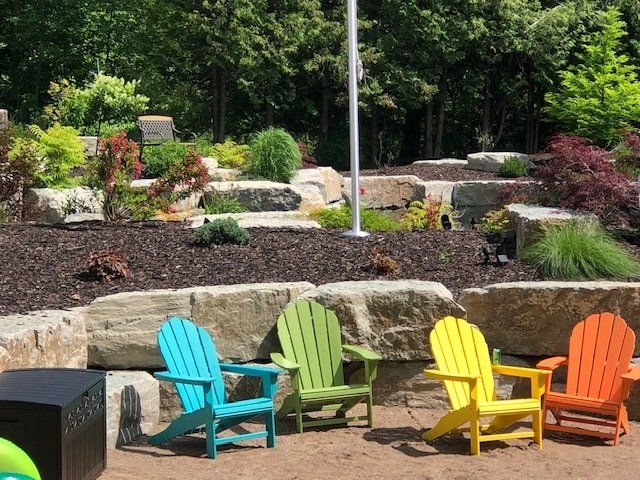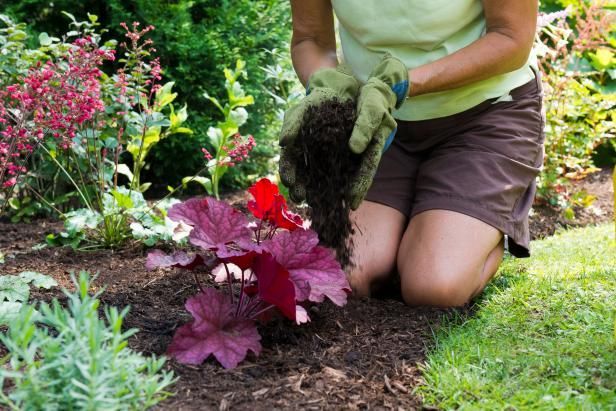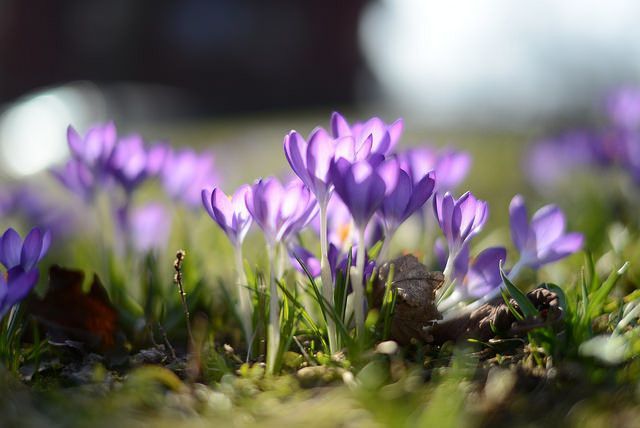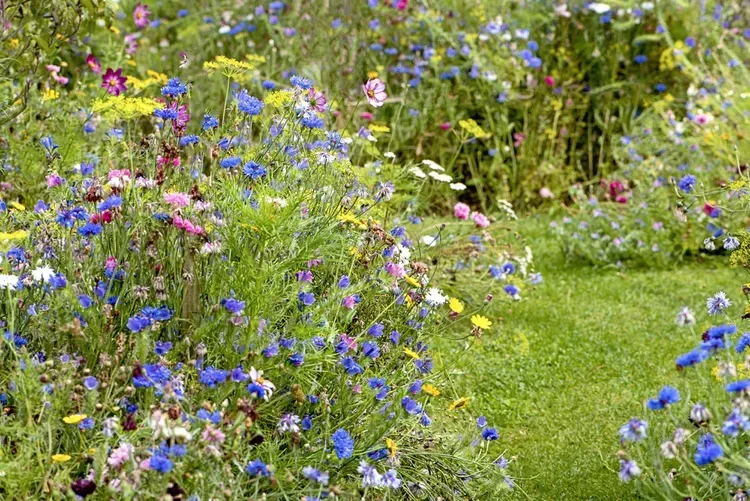Keeping It Low Maintenance
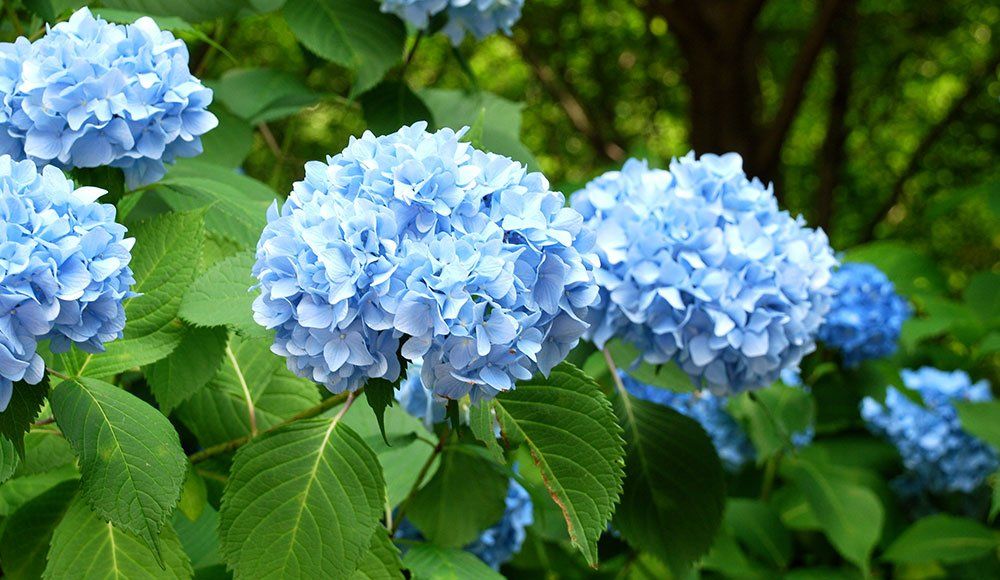
“I am still seeing a request for low-maintenance design -- we believe that’s a “trend” that will never go away! When I suggest introducing color through foliage and then strategically layering in lower maintenance flowering plants,” she gets an enthusiastic “yes!”
We at the Luxury Landscape Company, LLC agree that focusing on foliage is the way to go, stressing that “a garden carefully planted with shrubs that have colorful foliage provides a more permanent garden and lower maintenance.”
Here are some shrubs that provide interest all season and some of our favorite low-maintenance plants:
BOXWOOD
Zones:
5-8
Exposure:
Sun or shade
Mature size:
24-48 inches
Foliage color:
Green
Why we love it: Boxwoods are probably the best evergreens for shaping and pruning, which is why they are often the gardener’s choice for creating formal hedges, borders, and even topiaries.
Where to plant it: A great shrub for partly shady gardens. Prefers moist, well-drained soil. To prevent winter leaf burn, plant in a sheltered area protected from harsh winter winds.
When to prune: Pruning is seldom needed, but you may trim in summer.
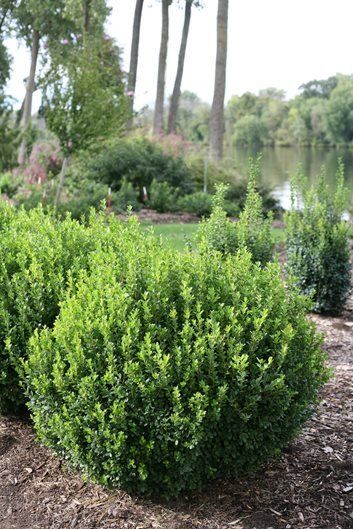
GOLDEN EUONYMUS
Zones:
6-9
Exposure:
Partial to full sun
Mature size:
Up to 6 feet tall and 3 feet wide
Foliage color:
Yellow and green
Why we love it: Bright, bold, variegated leaves provide color throughout the year, making this quite a colorful choice. Plus, it is very low maintenance and easy to grow.
Where to plant it: This is a multi-functional bush that can be used alone as an accent or in mass plantings and sheared into a dense hedge. It tolerates a wide range of conditions, including light shade, full sun, poor soil, and tough conditions.
When to prune: The best time for pruning is in spring, after flowering; but the occasional branch can be cut away at any time.

COTONEASTER
Zones:
5-8
Exposure:
Full sun
Mature size:
Up to 1 foot tall with a spread of 4 to 6 feet
Foliage color:
Dark green; reddish-bronze in fall and winter
Why we love it: 'Coral Beauty' is a popular cotoneaster cultivar that is stunning year-round, especially during fall and winter, when its small, glossy leaves turn a rich bronze red and it bears an abundance of coral red berries. In spring, this showy broadleaf will also reward you with masses of creamy white flowers.
Where to plant it: Use 'Coral Beauty' as an attractive ground cover for sunny areas in the garden, or plant on banks and slopes to help with erosion control. It can also be trained onto an espalier or draped over rocks and retaining walls.
When to prune: Prune as needed to shape and control its spread. The best time to prune is in early spring right after flowering.
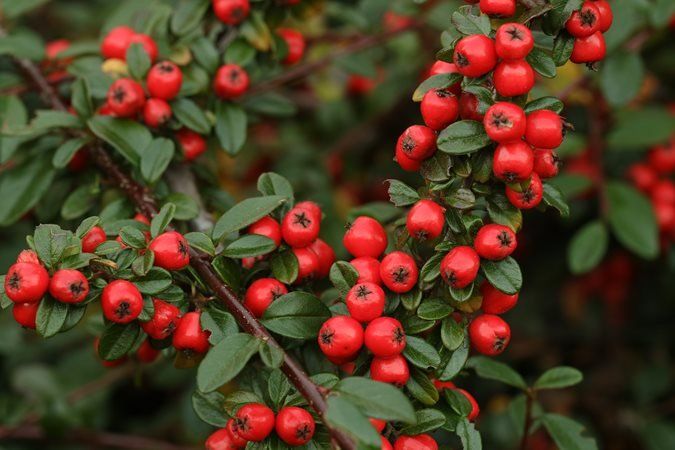
WEIGELIA
With many varieties offering both colorful foliage and tubular blooms that attract hummingbirds and bees, weigela may be one of the most hard-working plants in your garden. Whether you need a tall variegated shrub for the back of the border, or a compact dark-leaved variety to frame a pathway, there is sure to be a weigela to suit.
Pruning is easy — and optional. If you feel the need to prune for size or shape, simply do so immediately after flowering so as not to sacrifice the following year’s blooms. Other than that, these garden stalwarts will thrive in full sun and average garden soil, are drought tolerant once established, and are rarely bothered by deer.
Zones: 4-8
Height/Spread: 2 to 6 feet tall, 3 to 5 feet wide

CONEFLOWERS
A staple of the sunny, late summer garden, coneflowers ( Echinacea
spp.) bring a blast of bold color to the border, the open blooms being a favorite of butterflies and bees. It is also a great choice for the lazy gardener, as it is better not to cut this back in fall, but rather to leave the seed heads standing as they provide a tasty treat for birds during the colder months.
Drought tolerance and deer resistance are bonus features of this perennial, but emerging shoots may need to be protected from hungry rabbits in spring.
Hardiness and longevity of some of the newer varieties seems to be variable, so seeking the advice of a local nursery professional may be wise.
Zones: 4-9
Height/Spread: 16 inches to 3 feet tall, up to 2 feet wide
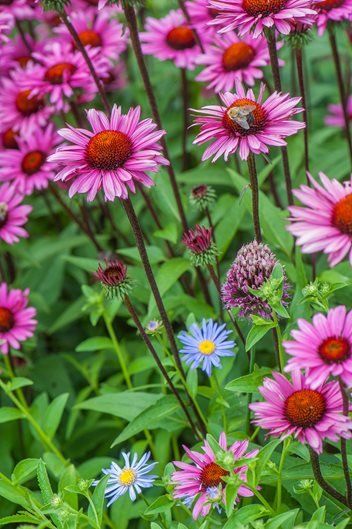
BLACK-EYED SUSAN
A garden without black-eyed Susan ( Rudbeckia ) just doesn’t seem complete. Bold, golden-yellow daisies with a chocolate central cone are a cheerful late-season highlight, thriving and blooming both in full sun and partial shade. Drought tolerant, deer resistant, rabbit resistant, and easy care makes these ideal for busy gardeners as well as beginners. Like coneflowers, it is best not to tidy up the seed heads in fall, but to leave them as a food source for birds. If they have one fault, it is that they spread easily by rhizomes, but any extra plants are easily removed and shared with friends.
Zones: 3-9
Height/Spread: 2 to 3 feet tall, 1 to 2 feet wide
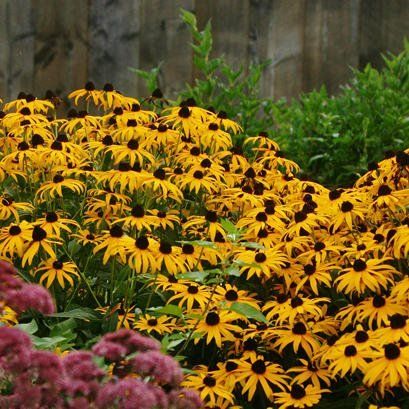
CATMINT
Aromatic foliage, long-lasting blooms, drought tolerance, and deer resistance --catmint ( Nepeta
spp.) is a good choice for gardeners seeking to reduce maintenance without sacrificing beauty or color. Taller varieties benefit from a quick haircut after blooming; but otherwise, just stand back and let it grow, cutting it down to the ground in fall.
Zones: 3-8
Height/Spread: 12 to 36 inches tall, 18 to 24 inches wide
